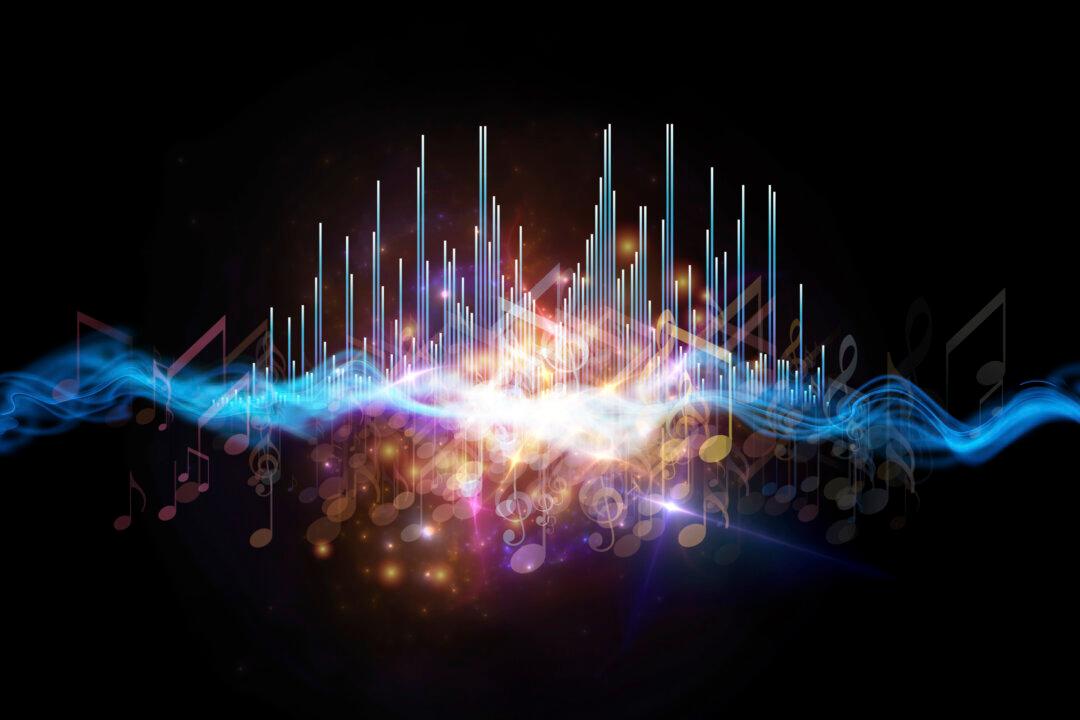Musical meaning is tantalizing and elusive. For most of us, music has the power to reach us profoundly and directly. The temptation is to speak of music as a language: The notion of music as a kind of “language of the emotions” is pervasive, centuries old, and nowadays has some limited empirical experimental support.
Most theoretical work now done on musical semiotics treats music as just another flavor of discourse, another language of signs; albeit one with its own special characteristics.
But this runs against an age-old notion: that music is a natural law. The medieval concept of “music of the spheres“ held that the movement of the celestial bodies—what we now describe as astrophysics—was, at root, musical: The planets move in the heavens according to principles of harmony and resonance, with a set of common Pythagorean ratios governing both music and cosmology.
Indeed, we music academics are rather nostalgic for the time (in medieval universities) in which music was considered one of the four core disciplines alongside astronomy, geometry, and arithmetic, and we held pride of place above the three lesser (hence “trivial”) language-based disciplines of logic, grammar, and rhetoric.


